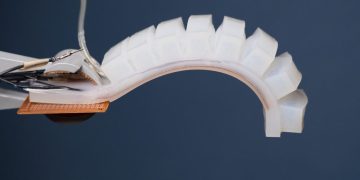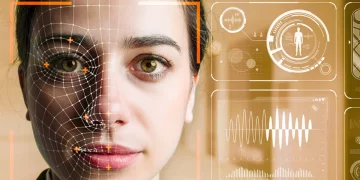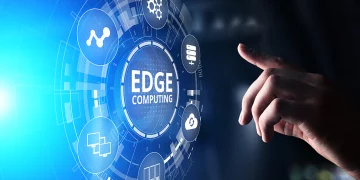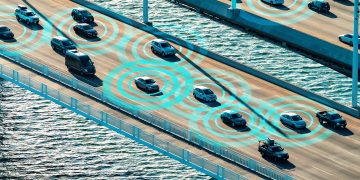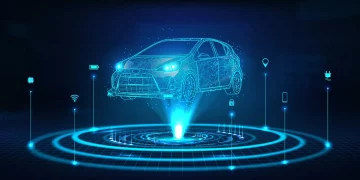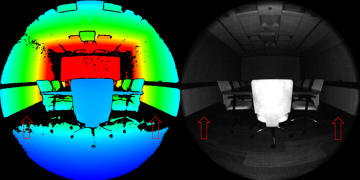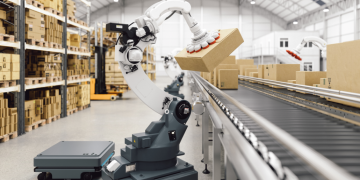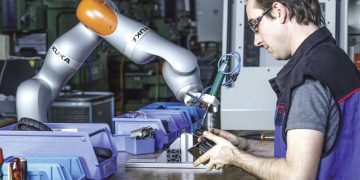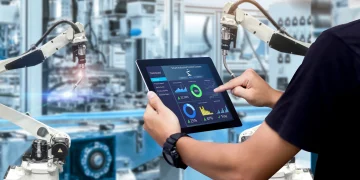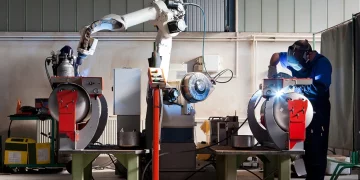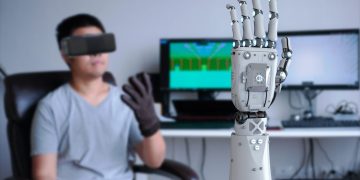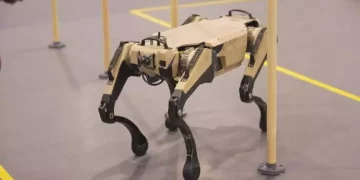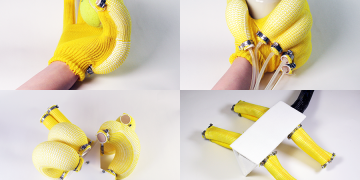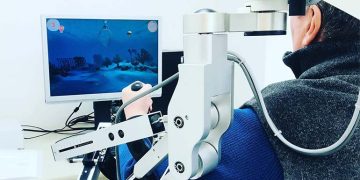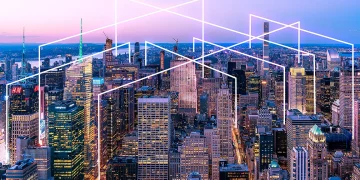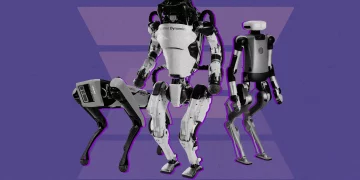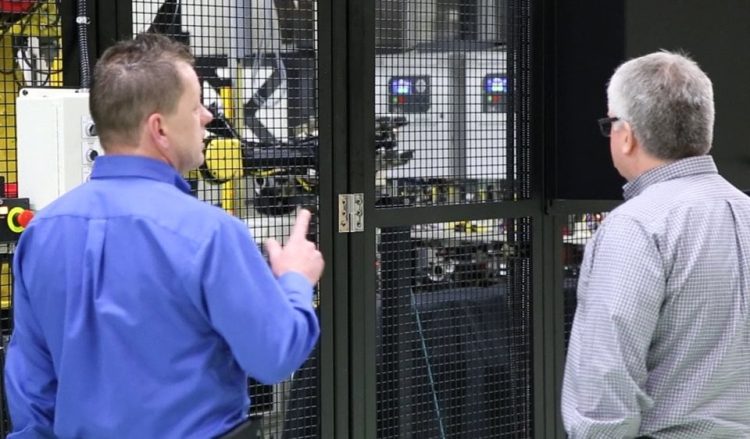Introduction
The integration of robotics and biotechnology is rapidly progressing, signaling a future where the boundaries between humans, robots, and artificial intelligence (AI) may blur. Over the past few decades, the fields of robotics and biotechnology have evolved significantly, offering groundbreaking innovations that hold the promise of transforming human life on a scale previously thought impossible. In particular, advancements in neural interfaces, bioengineering, and AI systems are creating the foundation for a future where humans and robots might not only coexist but collaborate and even merge to improve human capabilities.
The possibilities presented by this fusion are both exciting and daunting, from enabling augmented human abilities and prosthetics to opening up new paradigms of healthcare and extending human lifespan. As technology advances, the idea of humans and robots operating as a seamless entity is no longer purely science fiction; it is increasingly becoming a tangible future reality.
In this article, we will explore how robotics, biotechnology, and AI can be integrated to enhance human life, the ethical challenges involved, and the potential impacts of this deep fusion on society. We will also discuss real-world examples of these technologies in action, offering insights into how they will shape our future and the society we live in.
1. The Evolution of Robotics and Biotechnology
a. Robotics: From Automation to Human Augmentation
The field of robotics has long focused on automating repetitive or dangerous tasks. In industries such as manufacturing, automotive, and logistics, robots have replaced human labor to increase efficiency and reduce risk. However, in recent years, the focus has shifted towards human-robot interaction (HRI) and collaboration, with robots designed to work alongside humans, enhancing their abilities rather than replacing them. This shift marks a significant change in how robots are perceived, moving from industrial machines to tools for improving daily life.
Today, robots are capable of performing tasks that require dexterity, precision, and even empathy. These advanced robots can assist in healthcare, surgery, and rehabilitation, aiding people with disabilities and the elderly. Exoskeletons, for instance, are wearable robots that can assist people with mobility issues to walk again or carry heavy loads without strain. These developments hint at a future where robotic systems will act as extensions of the human body, enhancing our capabilities beyond biological limitations.
b. Biotechnology: Revolutionizing Human Potential
Biotechnology has also made significant strides, particularly in the areas of gene editing, biomedical implants, and regenerative medicine. Technologies like CRISPR have enabled scientists to make precise modifications to the human genome, potentially eliminating genetic disorders and enhancing human traits. Additionally, advances in stem cell research and 3D printing are paving the way for regenerative therapies, where damaged tissues or organs could be replaced with biologically grown alternatives.
Moreover, biocompatible implants and neural interfaces are beginning to bridge the gap between the human body and machines. These technologies allow for communication between human neurons and artificial systems, enabling direct control over prosthetics, robotic limbs, or even artificial organs. In the near future, biotechnology could enable humans to control machines with their minds or even merge biological tissue with robotic systems, creating a new form of human augmentation.
2. AI and Human-Robot Synergy
a. Artificial Intelligence: The Brain Behind the Robot
While robotics and biotechnology have progressed in their own right, the integration of artificial intelligence (AI) is what truly enables the deep fusion of humans and machines. AI, particularly machine learning and neural networks, allows robots to “learn” from their environment, make decisions autonomously, and even understand and predict human actions and emotions. This capability will be essential as humans and robots interact more intimately.
For example, AI-powered robots used in healthcare settings are capable of diagnosing diseases, recommending treatments, and even assisting in surgeries with precision that surpasses human capabilities. These robots are designed to learn from vast amounts of medical data and use algorithms to suggest the most effective treatment plans. In combination with biotechnology, AI can also help regenerate tissue, monitor human health in real-time, and optimize human capabilities.
In the future, human-AI interaction may become a norm, where people use AI-enhanced interfaces such as augmented reality (AR) or brain-computer interfaces (BCIs) to communicate directly with machines, merging our cognitive processes with technology. AI could help adapt the robot’s actions based on real-time inputs from the user’s brain, making interactions feel more intuitive and natural.
b. Cognitive Augmentation and Brain-Machine Interfaces
One of the most intriguing prospects of integrating AI with robotics and biotechnology is the development of brain-machine interfaces (BMIs). These interfaces allow for direct communication between the brain and external devices, bypassing traditional methods like speech or movement. With BMIs, humans could control machines—such as robotic limbs or drones—directly through thoughts, significantly improving the quality of life for individuals with disabilities or paralysis.
As AI algorithms become more sophisticated, these BMIs could also allow for cognitive enhancements, such as boosting memory, processing speed, or even controlling entire robotic systems through thought alone. Imagine a scenario where an individual with a prosthetic limb or exoskeleton could seamlessly interact with the machine, performing complex tasks or physical movements without the need for external controls. This is where AI’s learning and predictive capabilities come into play, enabling these systems to adapt to users’ needs over time.
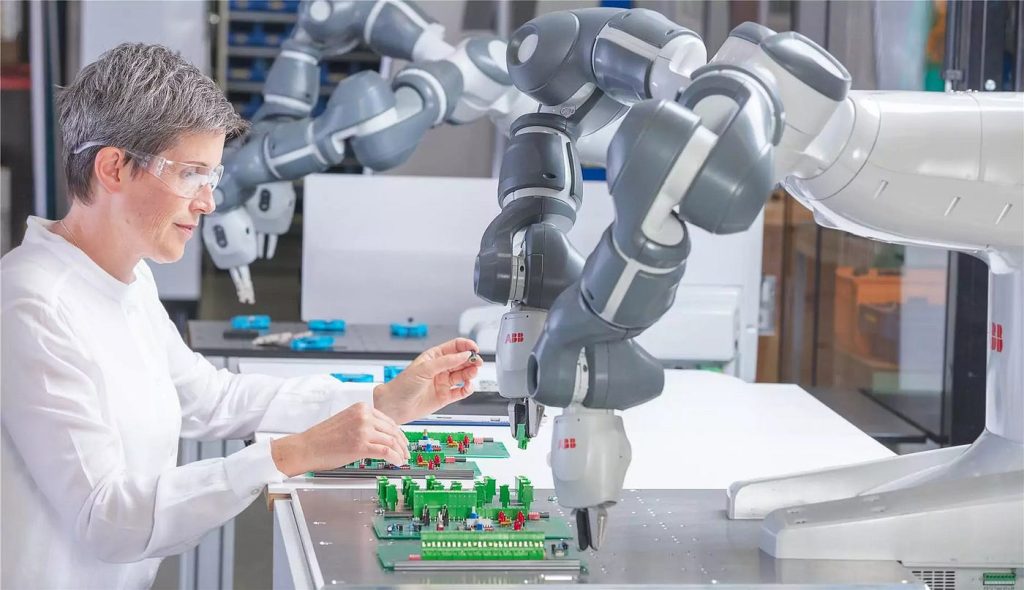
3. Ethical and Societal Implications
While the potential benefits of integrating robots, biotechnology, and AI are vast, this fusion also raises a host of ethical and societal questions. The intersection of these technologies will challenge traditional notions of identity, autonomy, and privacy, while also creating new risks and uncertainties.
a. Ethical Concerns: Human Enhancement and Autonomy
The idea of human enhancement through technology—whether through AI, robotics, or biotechnology—has sparked significant ethical debate. As humans gain the ability to enhance their physical and cognitive abilities through robotic prosthetics or neural interfaces, questions arise about what it means to be human. At what point do these technologies cross the line between enhancement and transhumanism, where human identity could be radically transformed?
Furthermore, issues surrounding autonomy and free will will emerge. If humans are able to integrate their minds with machines and robots, how will this affect their decision-making abilities? Will AI systems have too much control over human actions, or will humans remain in full control? These questions underscore the importance of developing ethical guidelines and regulations to ensure that these technologies are used responsibly.
b. Privacy and Data Security
The integration of AI, robotics, and biotechnology will inevitably lead to the collection and processing of vast amounts of personal data. From brain signals to health data and behavioral patterns, the potential for invasion of privacy becomes a major concern. How will individuals’ data be protected, and who will have access to it?
Moreover, with robots and AI systems becoming more integrated into daily life, the risks of hacking or cyberattacks also grow. Ensuring robust data security and privacy protection will be crucial as these technologies become commonplace.
c. Impact on Employment and Social Structures
As robots and AI systems become more capable of performing complex tasks, questions regarding employment and social equity will emerge. Will AI and robotics displace workers, or will they create new opportunities for those who can operate and maintain these technologies? Will the integration of human and machine lead to the creation of entirely new industries, or will it exacerbate existing social divides?
Governments, policymakers, and companies will need to carefully consider these impacts and work together to create a framework for managing the transition to a more robotic and AI-driven economy.
4. Real-World Applications and Examples
a. Medical Robotics and Prosthetics
One of the most significant areas of human-robot integration is in healthcare. Medical robots, particularly those used in surgery, have been shown to improve the precision and outcomes of procedures. For example, robotic surgery systems like da Vinci Surgical System enable surgeons to perform minimally invasive surgeries with extreme precision, reducing recovery times and improving patient outcomes.
Prosthetics powered by AI and neural interfaces allow for the seamless integration of artificial limbs with the human body, enabling amputees to regain motor control and tactile feedback. Through this technology, individuals with disabilities can regain abilities once thought impossible, contributing to a higher quality of life.
b. Enhancing Human Capabilities: Exoskeletons and Augmented Reality
Exoskeletons represent another exciting advancement in human-robot fusion. These wearable devices augment the wearer’s strength and mobility, helping individuals with paralysis or musculoskeletal disorders regain the ability to move and perform daily tasks. With AI systems that adjust to the user’s movements and needs, these exoskeletons can provide life-changing support.
Furthermore, augmented reality (AR) and brain-machine interfaces (BMIs) are revolutionizing human interaction with technology. By enabling humans to control robots and machines through thoughts or gestures, AR and BMI open up new possibilities for collaboration between humans and robots.
Conclusion
The fusion of robotics, biotechnology, and AI presents an exciting frontier in human development. As human-robot integration advances, humans may be able to transcend physical and cognitive limitations, enhancing their capabilities and improving their quality of life. However, this integration also presents ethical, privacy, and societal challenges that must be addressed as these technologies continue to evolve.
The future of human and robot collaboration is one of immense potential. Through biotechnology, artificial intelligence, and robotic systems, humans may be able to unlock new dimensions of productivity, health, and human capability. While navigating the accompanying ethical complexities will require careful planning and regulation, the potential for human augmentation and AI-enhanced living promises a brighter, more interconnected future.

